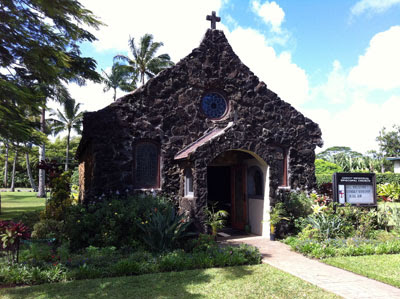18th Century Map of the Americas, the Pacific and Hawaii
Old maps are fascinating. Not just for what they show, but what they do not show. Just as wonderful is the way these maps express the ideas of the time with little embellishments and decorative vignettes.
 |
| Charte von America - Homann Heirs, Nurenberg, 1796 |
This is a superb example of an early map of both North and South America by the famous German cartographers Homann und Söhne. Johann Homann was a master geographer and was appointed Imperial Geographer of the Holy Roman Empire in 1715. After his death in 1724, his sons continued the business as the Homann Heirs company. This map was created by Homann Heirs and published in 1796 by F. L. Gussfeld in Nurnberg, Germany.
Charte von America - Homann Heirs, Nurenberg, 1796 is a hand-colored copper plate engraved map that was originally published in book form, thus the quadrant folds. The map is generally true to form, geographically, for the eastern half of both continents. Sketchy information was available at the end of the 18th century about the American west and north. The detail of the Pacific Northwest, for instance, is an early depiction prior to the Lewis & Clark Expedition of 1804-1806. The Hawaiian Islands are shown as the “Sandwich Islands” and the individual island names are shown using the early phonetic spelling. To the east of the Hawaiian Islands, i.e., between Hawaii and California, are an erroneous group of islands with Spanish names. These islands were introduced on maps in the mid-18th century and were not corrected until the early 19th century.





Comments
Post a Comment